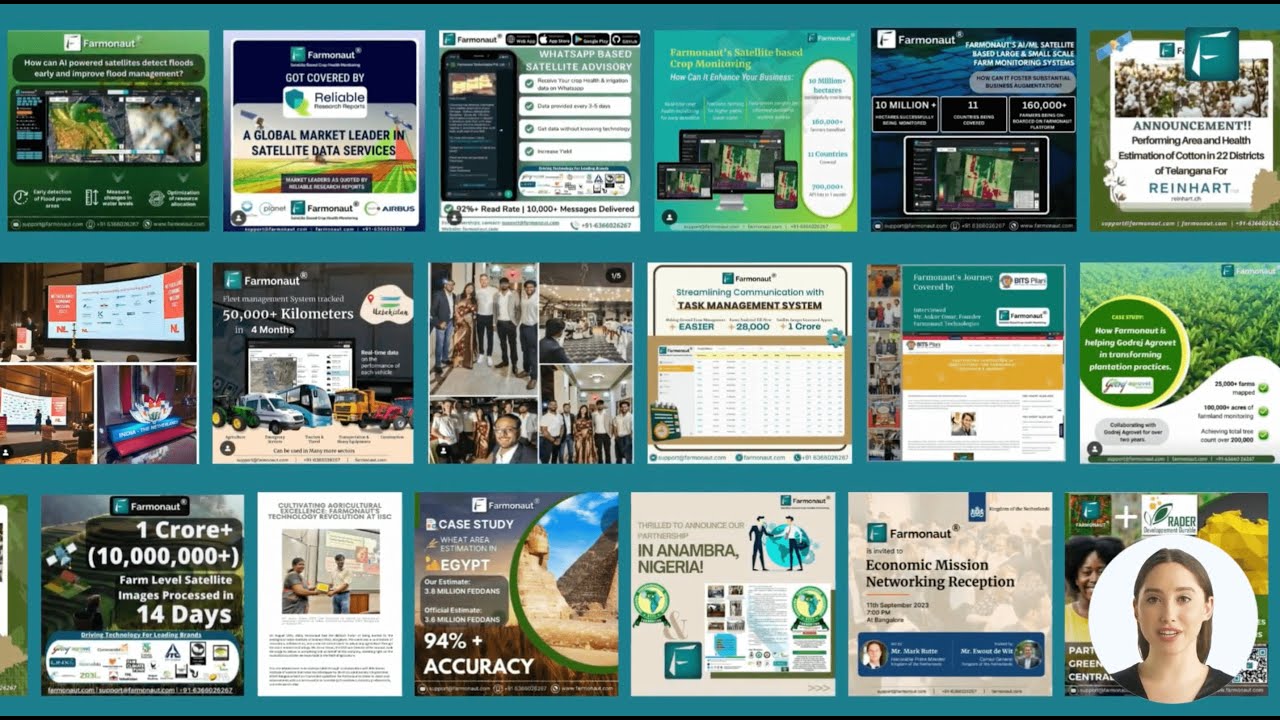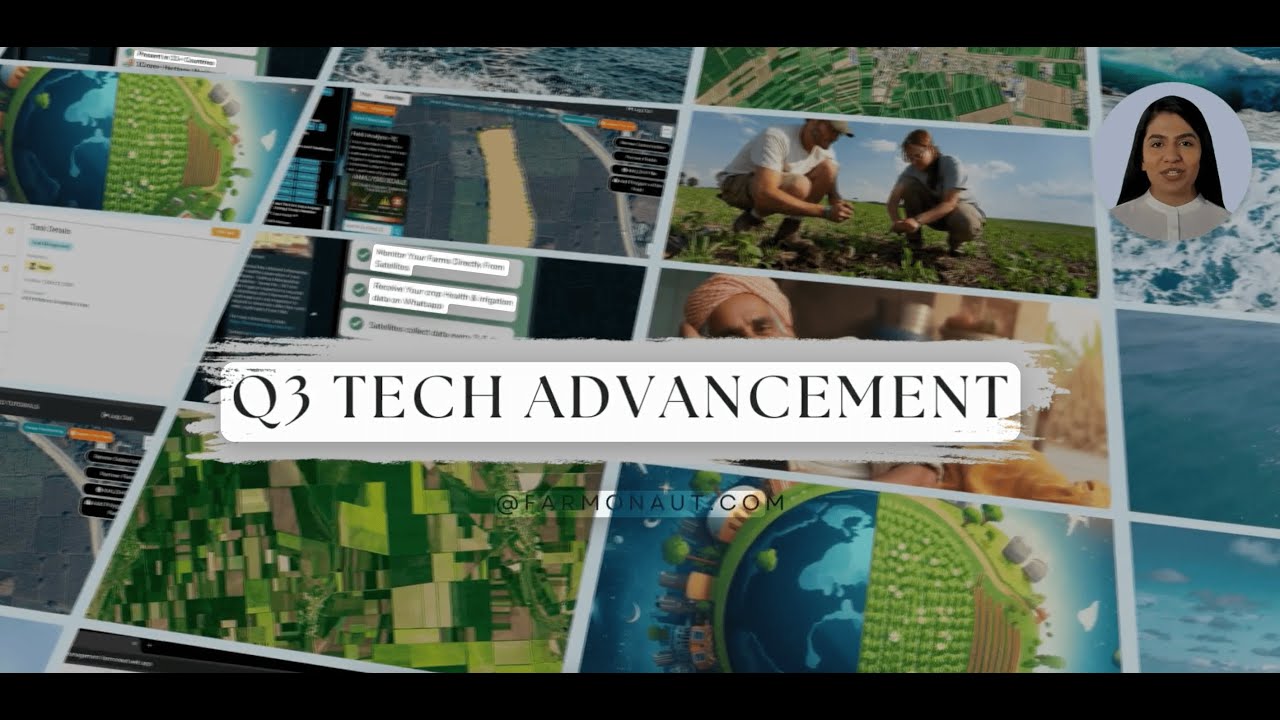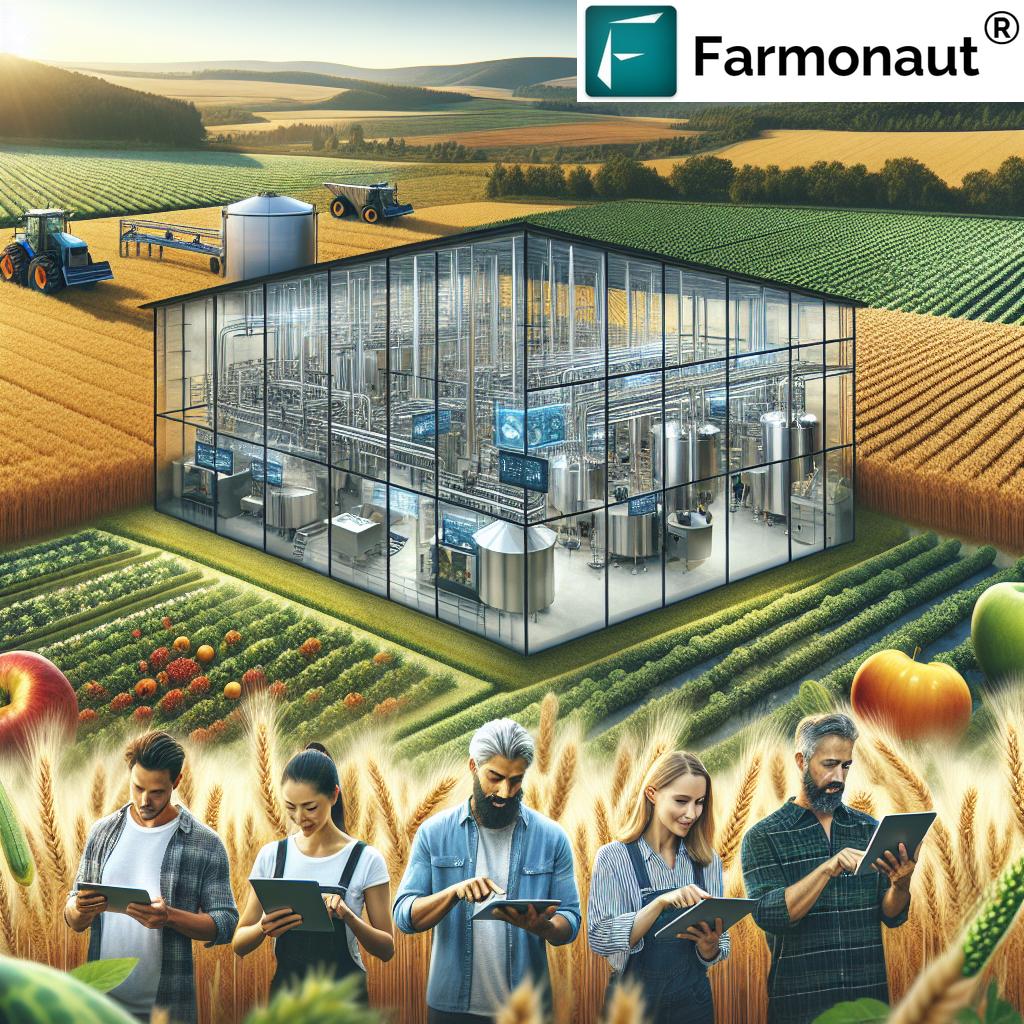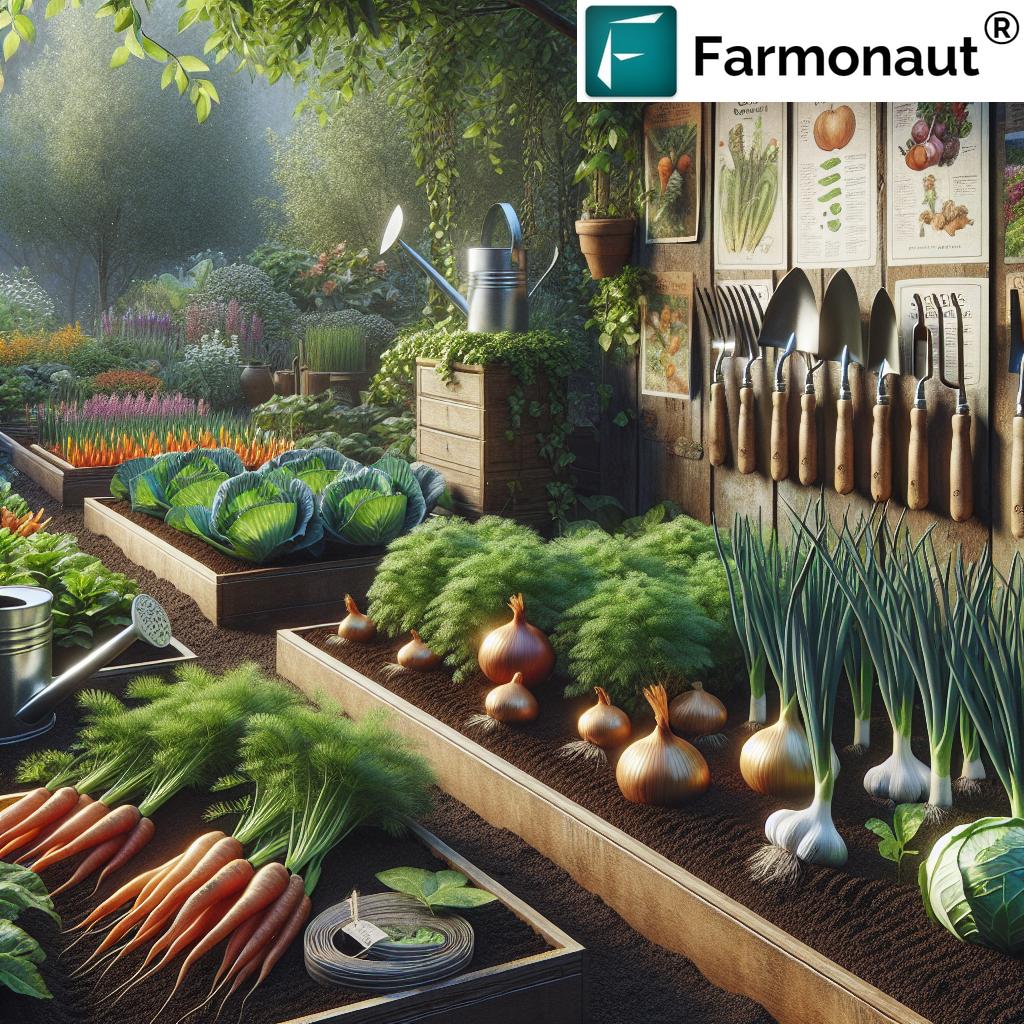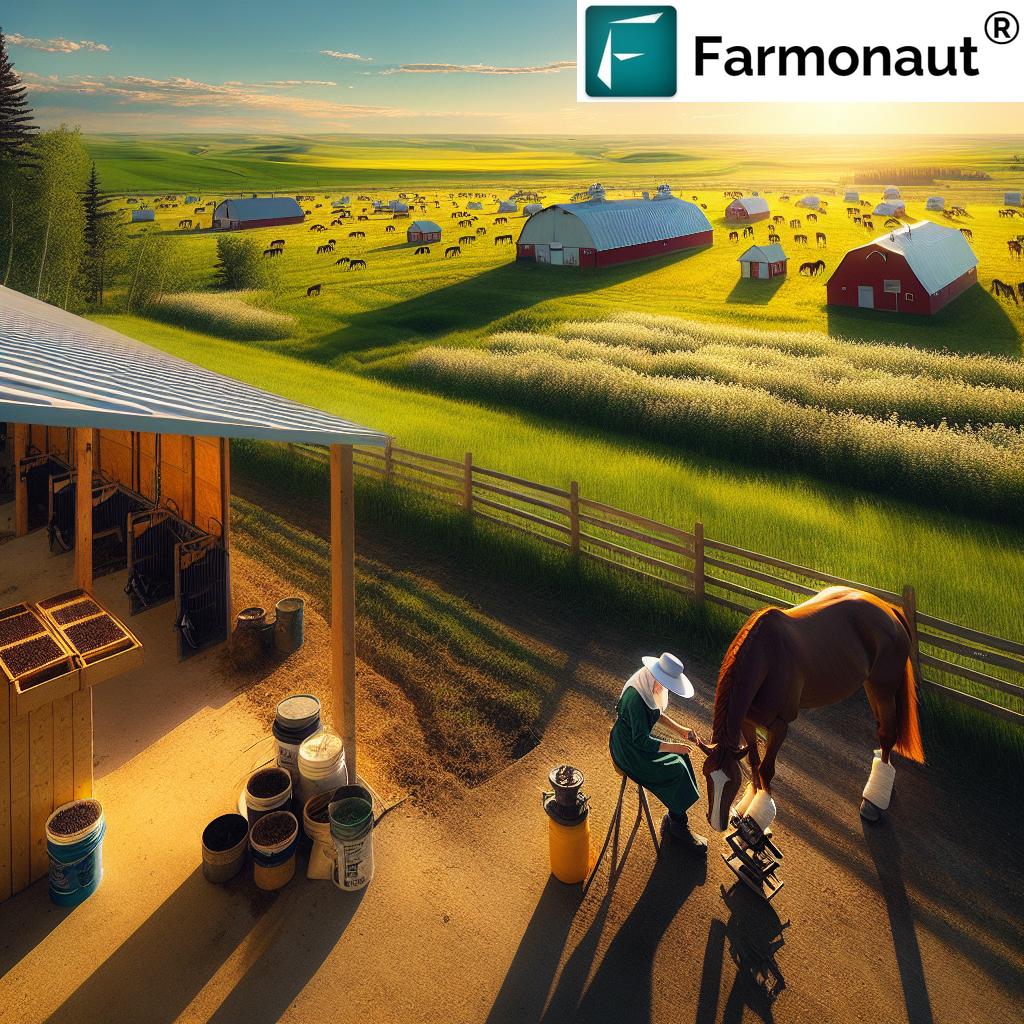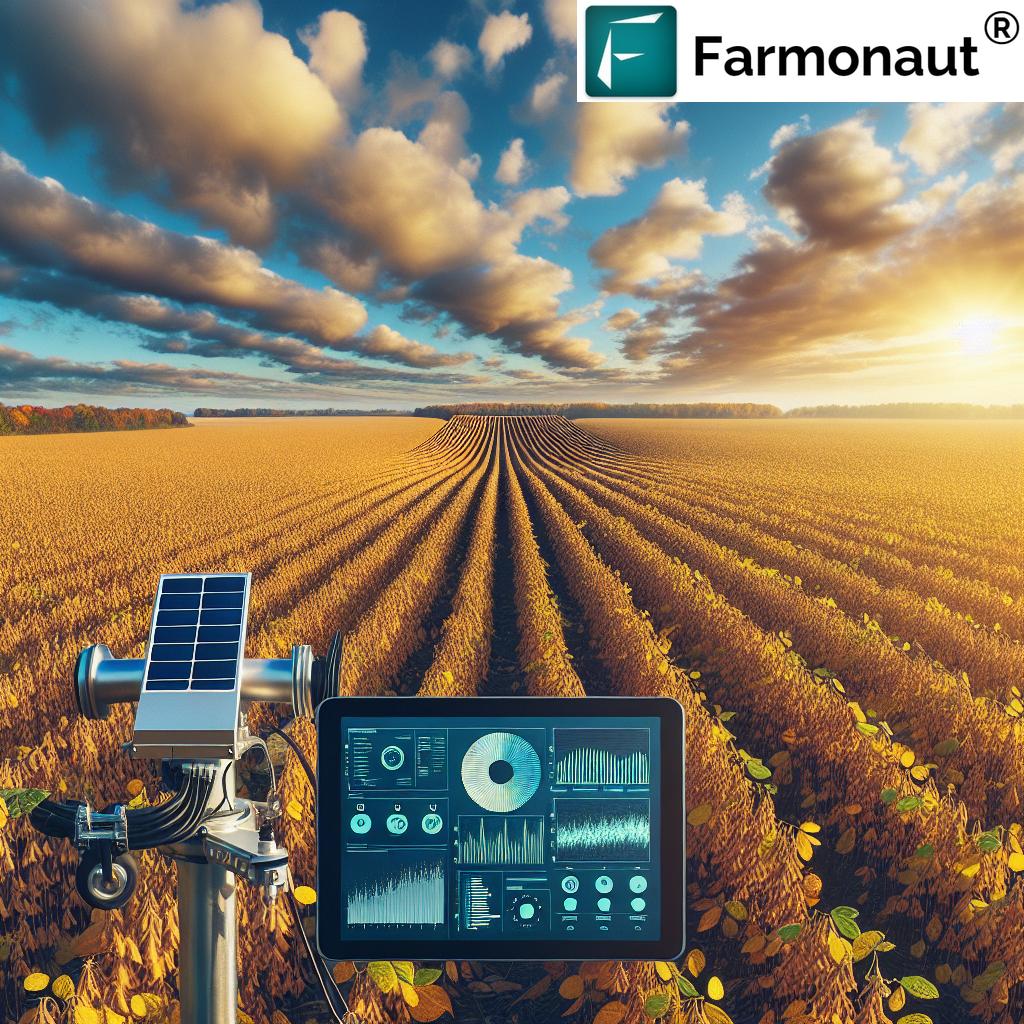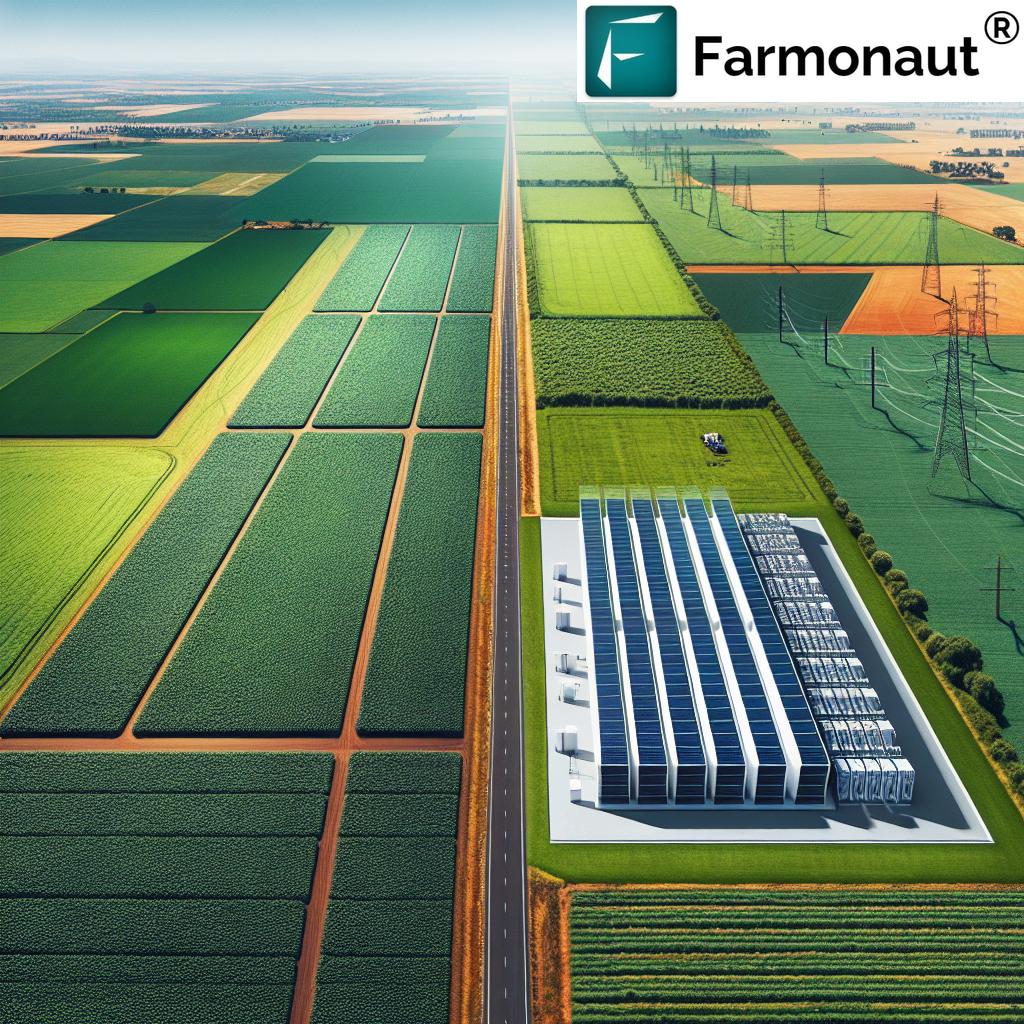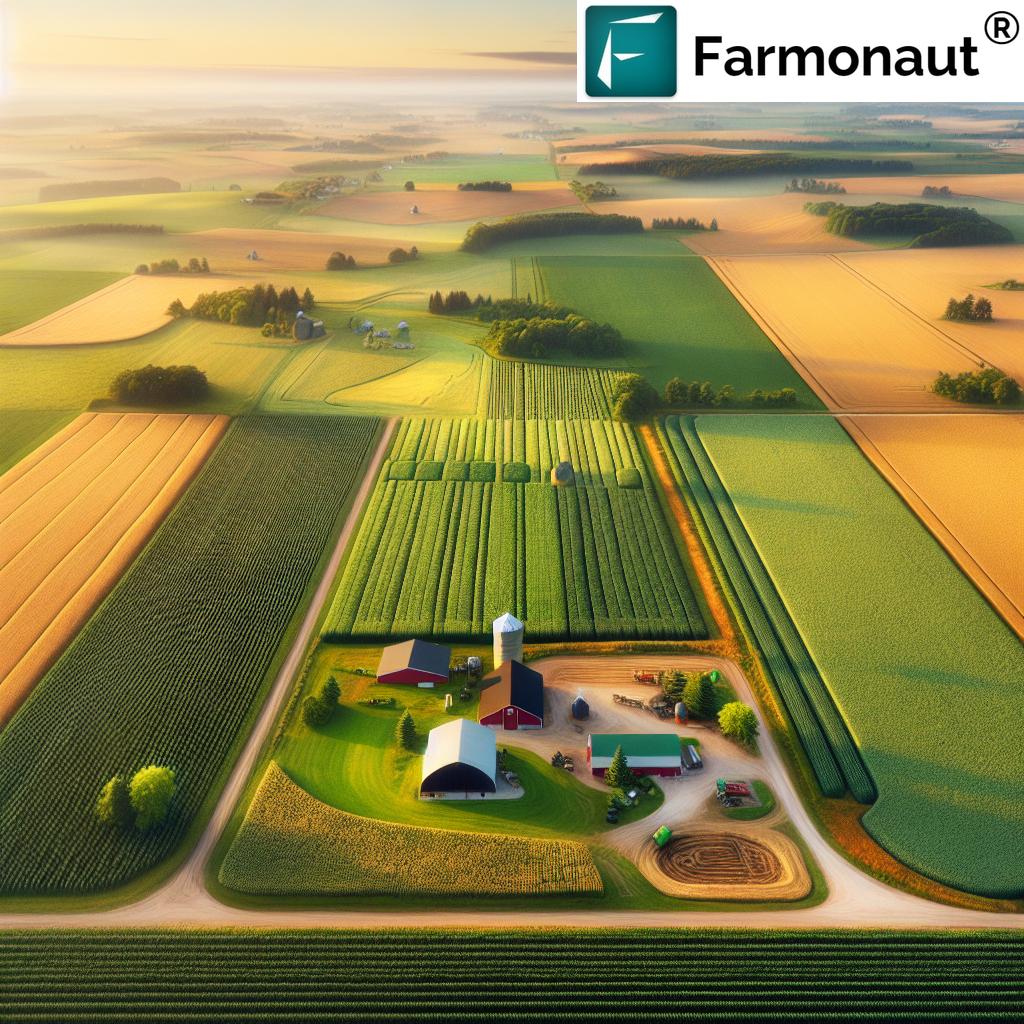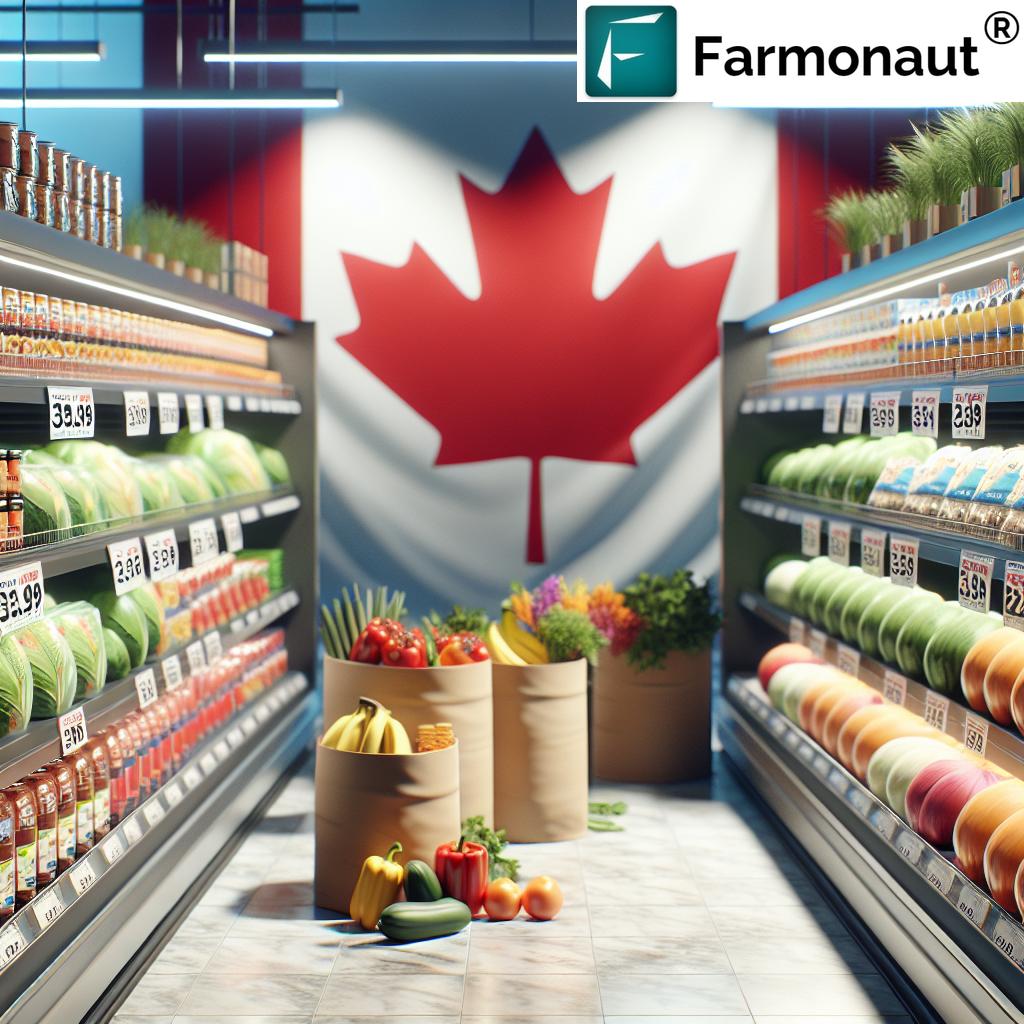Revolutionizing Agriculture: How Bee Vectoring Technology is Transforming Organic Pest Control in Ontario’s Crops
“Bee vectoring technology can deliver organic pest control to over 100,000 flowers per day in a single acre.”
In the heart of Ontario’s agricultural landscape, a quiet revolution is taking place. As we delve into the world of innovative biocontrol solutions, we’re witnessing a transformation in sustainable farming practices that promises to reshape the future of agriculture. At the forefront of this revolution is bee vectoring technology, a groundbreaking approach that harnesses the power of nature’s most diligent workers to enhance crop health and yields while promoting environmentally friendly alternatives to conventional pesticides.
In this comprehensive exploration, we’ll uncover how organic pest control methods are not just transforming agriculture but paving the way for a more resilient and eco-friendly future. From the bustling fields of Mississauga to the sprawling farms across Canada, this innovative technology is making waves, offering hope for a future where high yields and sustainability go hand in hand.
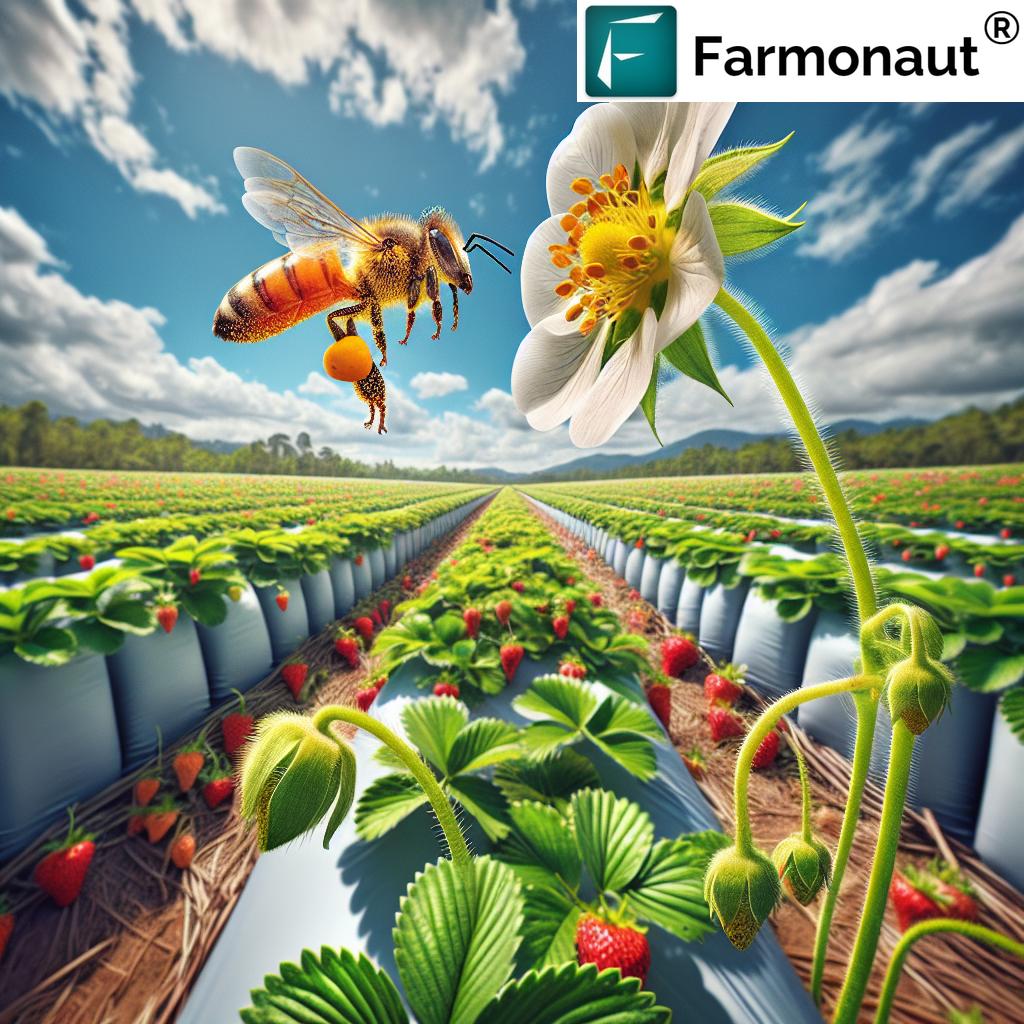
The Rise of Biocontrol Solutions in Agriculture
As we navigate the challenges of modern agriculture, the need for sustainable and effective pest control methods has never been more pressing. Traditional chemical pesticides, while effective, often come with a host of environmental and health concerns. This is where biocontrol solutions for agriculture step in, offering a natural and eco-friendly alternative that’s revolutionizing the way we protect our crops.
Biocontrol, or biological control, involves using living organisms to manage pests and diseases in crops. This approach aligns perfectly with the growing demand for organic produce and sustainable farming practices. Among the most promising biocontrol methods emerging in recent years is bee vectoring technology, a system that ingeniously combines the natural pollination activities of bees with targeted delivery of biological control agents.
Understanding Bee Vectoring Technology
Bee vectoring technology is an innovative approach to crop protection that utilizes bees as natural delivery systems for biocontrol agents. Here’s how it works:
- The Hive System: Special hives are designed with a tray containing a powder mixture of organic pest and disease control agents.
- Natural Delivery: As bees exit the hive, they walk through this powder, which adheres to their bodies.
- Targeted Application: The bees then distribute these agents to the crops as they pollinate, ensuring precise delivery to where it’s needed most – the flowers.
This method represents a significant leap forward in organic pest control for crops, offering a solution that’s both highly effective and environmentally friendly.
The Power of Natural Disease Management in Agriculture
One of the key advantages of bee vectoring technology is its ability to provide natural disease management in agriculture. By delivering biological control agents directly to the flowers, this system offers several benefits:
- Precision Targeting: The biocontrol agents are delivered exactly where they’re needed, reducing waste and increasing efficacy.
- Continuous Application: As bees work tirelessly throughout the flowering period, the protection is ongoing, providing consistent coverage.
- Reduced Environmental Impact: By eliminating the need for broad-spectrum pesticides, this method preserves beneficial insects and maintains ecological balance.
This approach to disease management aligns perfectly with the principles of sustainable farming practices, offering growers a way to protect their crops without compromising on environmental stewardship.
The Science Behind Bee-Delivered Crop Protection
At the heart of bee vectoring technology lies a sophisticated understanding of both bee behavior and microbial science. The biocontrol agents used in this system are carefully selected for their effectiveness against specific crop diseases and pests, as well as their safety for bees and the environment.
Active Ingredients in Bee Vectoring
One of the most promising active ingredients used in bee vectoring is Beauveria bassiana, a naturally occurring fungus that acts as a parasite on various insect species. When delivered to crops via bee vectoring, Beauveria bassiana can effectively control a range of pests, including:
- Thrips
- Whiteflies
- Aphids
What makes Beauveria bassiana particularly suitable for bee vectoring is its ability to remain viable when formulated into the powder that bees carry. Once delivered to the plant, it can establish itself and provide long-lasting protection against target pests.
Combating Fungal Diseases
Beyond insect control, bee vectoring technology has shown remarkable success in managing fungal diseases that plague many crops. Two of the most significant fungal threats in agriculture are Botrytis and Sclerotinia, both of which can cause substantial crop losses if left unchecked.
Bee-delivered biocontrol agents have proven effective in controlling these diseases by:
- Competitive Exclusion: Beneficial fungi delivered by bees can colonize the plant tissue, preventing harmful pathogens from establishing.
- Induced Resistance: Some biocontrol agents stimulate the plant’s natural defense mechanisms, enhancing its ability to resist disease.
- Direct Antagonism: Certain beneficial microbes can directly attack and suppress pathogenic fungi.
This multi-faceted approach to disease control offers a robust defense against some of the most challenging fungal threats in agriculture.
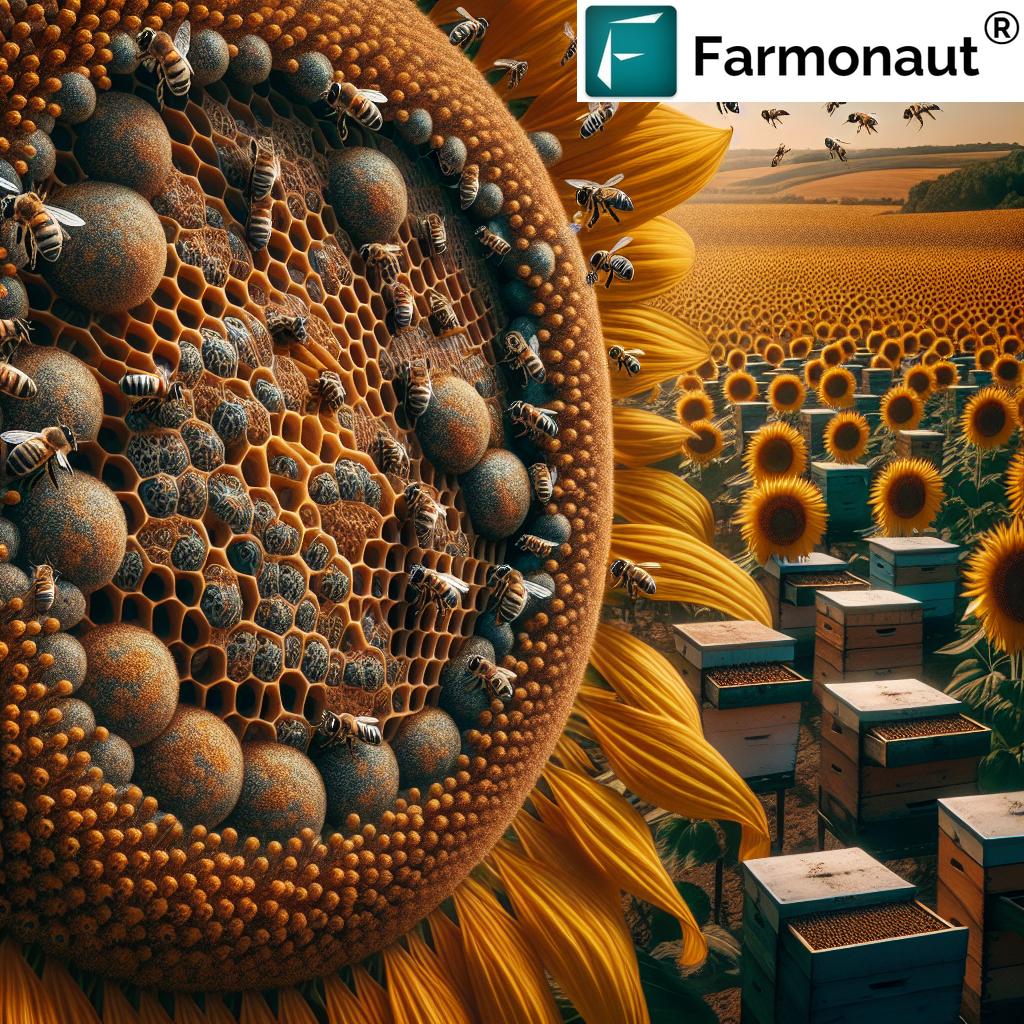
Crops Benefiting from Bee Vectoring Technology
The versatility of bee vectoring technology allows it to be applied to a wide range of crops, each benefiting in unique ways from this innovative approach to pest and disease control. Let’s explore some of the key crops that are seeing significant improvements through the use of bee-delivered crop protection:
Berries: A Sweet Success Story
Strawberries, blueberries, and caneberries (such as raspberries and blackberries) have been among the first to benefit from bee vectoring technology. These crops are particularly well-suited to this method due to their flowering patterns and susceptibility to certain pests and diseases.
- Strawberries: Bee vectoring has shown remarkable results in controlling Botrytis gray mold, a major threat to strawberry production. Growers have reported increased yields, improved fruit quality, and extended shelf life.
- Blueberries: Mummy berry disease, caused by the fungus Monilinia vaccinii-corymbosi, can be effectively managed through bee vectoring. This not only protects the current year’s crop but also reduces the disease pressure for subsequent seasons.
- Caneberries: For raspberries and blackberries, bee vectoring offers control against Botrytis fruit rot and can help manage certain insect pests, leading to healthier plants and higher quality fruit.
Sunflowers: Brightening the Future of Agriculture
Sunflower crops have also seen significant benefits from bee vectoring technology. The large, open flowers of sunflowers make them ideal candidates for this delivery method. Key advantages include:
- Enhanced pollination, leading to improved seed set and higher yields
- Protection against Sclerotinia head rot, a devastating fungal disease
- Potential for increased oil content in seeds, improving crop value
Apples and Tomatoes: Expanding the Reach
As research continues, the application of bee vectoring technology is expanding to other high-value crops:
- Apples: Early trials have shown promise in managing diseases like fire blight and improving fruit set.
- Tomatoes: Greenhouse tomato production can benefit from improved pollination and disease management, particularly against Botrytis.
Canola: A Bright Future for Field Crops
While much of the focus has been on fruit and vegetable crops, research is ongoing to adapt bee vectoring technology for field crops like canola. The potential benefits include:
- Improved pollination in hybrid canola production
- Management of Sclerotinia stem rot, a significant threat to canola yields
- Potential for increased oil content and quality
“Biological fungal disease control using bee-delivered methods can increase crop yields by up to 30% in some plants.”
As we continue to explore the potential of bee vectoring technology, it’s clear that its applications are vast and growing. From berries to field crops, this innovative approach is revolutionizing how we think about crop protection and yield enhancement.
The Environmental Impact of Bee Vectoring Technology
One of the most compelling aspects of bee vectoring technology is its positive environmental impact. As we strive for more sustainable farming practices, this innovative approach offers numerous benefits that align with ecological preservation and enhancement:
Reduced Chemical Usage
By utilizing natural biocontrol agents delivered by bees, this technology significantly reduces the need for chemical pesticides. This reduction has far-reaching benefits:
- Soil Health: Fewer chemicals mean healthier soil microbiomes, essential for long-term soil fertility and plant health.
- Water Quality: Reduced runoff of chemical pesticides protects nearby water sources and aquatic ecosystems.
- Biodiversity: Less impact on non-target species, helping to maintain a balanced ecosystem within and around agricultural areas.
Supporting Pollinator Populations
Bee vectoring technology not only utilizes bees but also supports their populations:
- Habitat Creation: The need for managed bee populations encourages the creation and maintenance of bee-friendly habitats.
- Reduced Exposure to Harmful Chemicals: By decreasing the use of broad-spectrum pesticides, bee vectoring helps protect both managed and wild pollinator populations.
Energy Efficiency
Compared to traditional pesticide application methods, bee vectoring is incredibly energy-efficient:
- No need for fuel-consuming spray equipment
- Reduced water usage typically associated with pesticide application
- Lower carbon footprint in crop protection activities
As we continue to grapple with the challenges of climate change and environmental degradation, technologies like bee vectoring offer a glimpse into a more sustainable future for agriculture.
Economic Benefits for Growers
While the environmental benefits of bee vectoring technology are clear, it’s equally important to consider the economic advantages it offers to growers. After all, sustainable practices must also be economically viable to see widespread adoption.
Increased Yields and Quality
Many growers implementing bee vectoring technology have reported significant improvements in both yield and crop quality:
- Higher Yields: Some crops have seen yield increases of up to 30% when using bee vectoring for disease control and pollination enhancement.
- Improved Quality: Fruits and vegetables grown with this technology often show better color, size, and flavor profiles.
- Extended Shelf Life: The reduction in fungal diseases can lead to produce that stays fresh longer, reducing post-harvest losses.
Cost-Effectiveness
While there is an initial investment in setting up bee vectoring systems, many growers find it cost-effective in the long run:
- Reduced Pesticide Costs: Less need for expensive chemical treatments.
- Lower Labor Costs: Once set up, bee vectoring systems require minimal human intervention compared to traditional spraying methods.
- Potential for Premium Pricing: Produce grown using this eco-friendly method may command higher prices in certain markets.
Risk Mitigation
Bee vectoring technology can help growers manage various risks associated with crop production:
- Weather Resilience: Continuous application throughout the flowering period means protection even when weather conditions would prevent traditional spraying.
- Resistance Management: By using biological control agents, growers can reduce the risk of pests developing resistance to chemical pesticides.
- Market Access: As consumers and regulators demand lower pesticide residues, bee vectoring can help growers meet these requirements and maintain market access.
The Future of Bee Vectoring Technology
As we look to the future, it’s clear that bee vectoring technology has the potential to play a significant role in shaping sustainable agriculture. Here are some exciting developments and possibilities on the horizon:
Expanding Crop Applications
While bee vectoring has shown great success in berries, sunflowers, and other crops, research is ongoing to adapt this technology to a wider range of plants:
- Tree Fruits: Apples, pears, and stone fruits could benefit from targeted disease control during bloom.
- Greenhouse Crops: Expanding applications in controlled environment agriculture for crops like peppers and cucumbers.
- Field Crops: Ongoing research into adapting the technology for large-scale field crops like soybeans and corn.
Advanced Biocontrol Agents
The development of new and more effective biocontrol agents is a key area of research:
- Targeted Formulations: Creating biocontrol agents that are even more specific to certain pests or diseases.
- Stacked Solutions: Combining multiple beneficial microorganisms in a single vectoring powder for broader protection.
- Enhanced Shelf Life: Improving the stability and longevity of biocontrol agents to extend their effectiveness in the field.
Integration with Precision Agriculture
The future of bee vectoring technology likely involves integration with other advanced agricultural technologies:
- IoT Sensors: Using smart hives that can monitor bee activity and optimize biocontrol agent delivery.
- Data Analytics: Leveraging big data to predict pest and disease outbreaks and adjust vectoring strategies accordingly.
- Drone Technology: Potential for using drones to supplement bee vectoring in large fields or areas with insufficient natural pollinators.
As we continue to innovate in this field, the potential for bee vectoring technology to transform agriculture on a global scale is truly exciting. By harnessing the power of nature’s pollinators, we’re not just protecting crops; we’re paving the way for a more sustainable and productive agricultural future.
Comparing Bee Vectoring Technology to Traditional Pest Control Methods
To fully appreciate the impact of bee vectoring technology, it’s essential to compare it with traditional pest control methods. This comparison highlights the innovative aspects of bee vectoring and illustrates why it’s gaining traction in the agricultural community.
| Aspect | Bee Vectoring Technology | Traditional Pesticide Use |
|---|---|---|
| Environmental Impact | Minimal; uses natural biocontrol agents | Can be significant; potential for soil and water contamination |
| Effectiveness Against Common Pests/Diseases | Highly effective for targeted pests and diseases | Broad-spectrum effectiveness, but can harm beneficial insects |
| Application Process | Continuous application by bees throughout flowering | Periodic spraying, often dependent on weather conditions |
| Cost-Effectiveness | Initial setup cost, but lower ongoing expenses | Lower initial cost, but recurring expenses for chemicals and application |
| Crop Compatibility | Excellent for flowering crops; expanding to others | Widely applicable to most crops |
| Shelf Life Extension | Can significantly extend produce shelf life | Variable impact on shelf life |
| Yield Improvement (Estimated %) | Up to 30% in some crops | Varies widely depending on pest pressure and application |
| Active Ingredients | Beauveria bassiana and other biological agents | Chemical pesticides (e.g., neonicotinoids, pyrethroids) |
| Delivery System | Bees carrying powder formulations | Sprayers, dusters, or systemic application |
| Impact on Beneficial Insects | Minimal to none; supports pollinator populations | Can harm beneficial insects, including pollinators |
| Residue on Crops | Minimal to no harmful residues | Can leave chemical residues, requiring careful management |
| Regulatory Approval | Generally easier due to natural ingredients | Often requires extensive testing and approvals |
This comparison clearly illustrates the advantages of bee vectoring technology in terms of environmental sustainability, targeted effectiveness, and long-term cost-efficiency. While traditional pesticides still have their place in agriculture, the growing adoption of bee vectoring represents a significant step towards more sustainable and eco-friendly farming practices.
Challenges and Considerations
While bee vectoring technology offers numerous benefits, it’s important to acknowledge the challenges and considerations associated with its implementation:
Weather Dependencies
- Bee activity is influenced by weather conditions, potentially affecting the consistency of biocontrol agent delivery.
- Extreme weather events can impact bee populations and hive health.
Initial Investment
- Setting up bee vectoring systems requires an upfront investment in hives, biocontrol agents, and potentially new management practices.
- Growers may need training to effectively manage bee colonies and vectoring systems.
Regulatory Considerations
- While generally viewed favorably, biocontrol agents still require regulatory approval in many jurisdictions.
- International trade may be affected by differing regulations on biocontrol agents in various countries.
Crop-Specific Adaptations
- Not all crops are equally suited to bee vectoring, and research is ongoing to expand its applicability.
- Some crops may require modifications to the vectoring system or biocontrol formulations.
Despite these challenges, the potential benefits of bee vectoring technology continue to drive innovation and adoption in the agricultural sector.
The Role of Technology in Modern Agriculture
As we explore bee vectoring technology, it’s important to consider its place within the broader context of technological advancements in agriculture. Modern farming is increasingly relying on innovative solutions to meet the challenges of feeding a growing global population while minimizing environmental impact.
One company at the forefront of this technological revolution is Farmonaut. While not directly involved in bee vectoring technology, Farmonaut offers complementary solutions that can enhance overall farm management and productivity.
Satellite-Based Farm Management
Farmonaut provides advanced, satellite-based farm management solutions that can work in tandem with technologies like bee vectoring to optimize agricultural practices:
- Real-time Crop Health Monitoring: Satellite imagery can help farmers identify areas that may need additional attention or treatment, potentially guiding the deployment of bee vectoring systems.
- AI-based Advisory Systems: Advanced analytics can provide insights on optimal timing for introducing bee vectoring technology based on crop growth stages and environmental conditions.
- Resource Management Tools: Efficient resource allocation is crucial in modern farming, and Farmonaut’s tools can help farmers make informed decisions about where and when to implement various technologies, including bee vectoring.
For those interested in exploring how satellite technology can complement innovative pest control methods like bee vectoring, Farmonaut offers several ways to access their services:
Access Farmonaut’s Services:
For developers interested in integrating Farmonaut’s technology into their own systems, the company also offers API access:
API Access: https://sat.farmonaut.com/api
API Developer Docs: https://farmonaut.com/farmonaut-satellite-weather-api-developer-docs/
Conclusion: The Future of Sustainable Agriculture
As we’ve explored throughout this article, bee vectoring technology represents a significant leap forward in organic pest control and sustainable farming practices. By harnessing the natural behavior of bees to deliver targeted biocontrol agents, this innovative approach offers a host of benefits:
- Environmentally friendly pest and disease control
- Improved crop yields and quality
- Reduced reliance on chemical pesticides
- Support for pollinator populations
- Cost-effective and efficient application methods
While challenges remain, the potential of bee vectoring technology to transform agriculture is undeniable. As research continues and the technology evolves, we can expect to see its application expand to a wider range of crops and farming systems.
The integration of bee vectoring with other advanced agricultural technologies, such as those offered by companies like Farmonaut, points to a future where farming is not only more productive but also more in harmony with nature. By combining the power of nature’s pollinators with cutting-edge satellite monitoring and AI-driven insights, we’re paving the way for a new era of sustainable agriculture.
As we look to the future, it’s clear that innovations like bee vectoring technology will play a crucial role in meeting the global challenges of food security and environmental sustainability. By embracing these technologies and continuing to innovate, we can create a future where agriculture not only feeds the world but also nurtures and protects our planet.
FAQs
- What is bee vectoring technology?
Bee vectoring technology is an innovative method of delivering biocontrol agents to crops using bees as natural carriers. As bees exit their hives, they pass through a tray containing a powder formulation of beneficial microorganisms, which they then distribute to flowers as they pollinate. - How does bee vectoring compare to traditional pesticide use?
Bee vectoring is generally more environmentally friendly, offers targeted pest control, and can be more cost-effective in the long run. It also supports pollinator populations and can lead to improved crop yields and quality. - What types of crops can benefit from bee vectoring?
Currently, bee vectoring is most commonly used in berry crops (strawberries, blueberries, raspberries), sunflowers, and some greenhouse crops. Research is ongoing to expand its use to other crops like apples, tomatoes, and canola. - Is bee vectoring technology organic?
Yes, bee vectoring typically uses organic biocontrol agents and is compatible with organic farming practices. However, specific products should be verified for organic certification in different regions. - How does bee vectoring technology impact bee health?
Bee vectoring technology is designed to be safe for bees. The biocontrol agents used are typically naturally occurring microorganisms that do not harm bees. In fact, this technology can support bee populations by reducing the use of harmful chemical pesticides.


